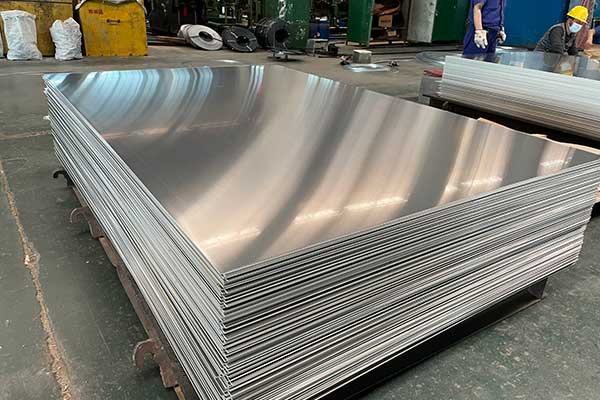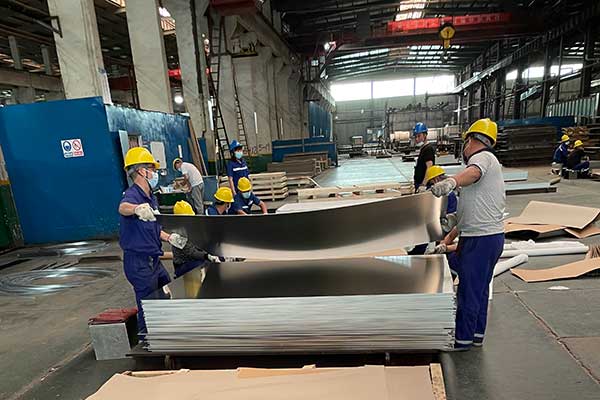5052 aluminum and 6061 aluminum are both commonly used alloys in the aluminum industry. However, they have some distinct differences in terms of their properties and applications.

Firstly, the 5052 aluminum alloy is a medium-strength alloy with good corrosion resistance, weldability, and formability. It is often used in marine and transportation industries due to its excellent resistance to saltwater corrosion. On the other hand, 6061 aluminum is a high-strength alloy with good corrosion resistance and excellent machinability. It is often used in aerospace and structural applications due to its high strength-to-weight ratio.
Secondly, the mechanical properties of these two alloys differ significantly. The 5052 aluminum alloy has a lower tensile strength than 6061 aluminum, but it has higher elongation, which means it is more ductile and easier to form. In contrast, 6061 aluminum has a higher tensile strength and is more suitable for applications that require high strength and rigidity.
Thirdly, their surface treatments also differ. Anodizing is a popular surface treatment for aluminum to improve its corrosion resistance and durability. The anodized 6061 aluminum has a thicker oxide layer than anodized 5052 aluminum, which gives it better resistance to wear and tear.

Lastly, their prices vary due to the differences in production processes and availability. Generally, 5052 aluminum is less expensive than 6061 aluminum, making it a more cost-effective option for some applications.
In conclusion, while both 5052 aluminum and 6061 aluminum are versatile alloys with different strengths and weaknesses, their distinct properties and applications make them suitable for different purposes. Understanding these differences can help individuals and companies make informed decisions when selecting the appropriate alloy for their specific needs.
